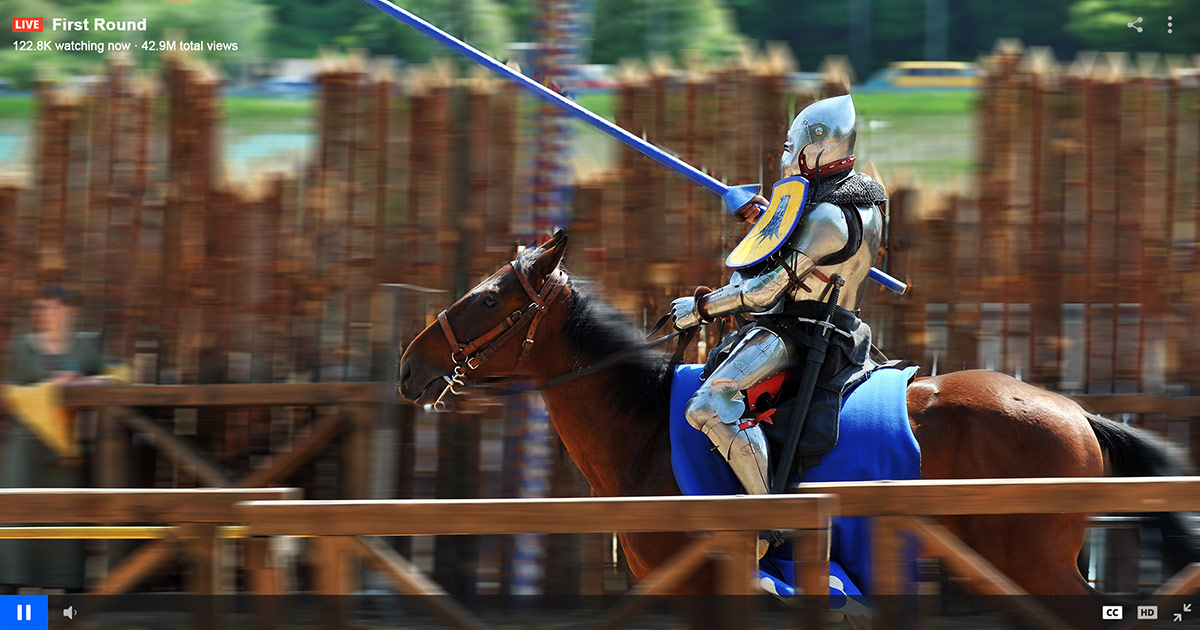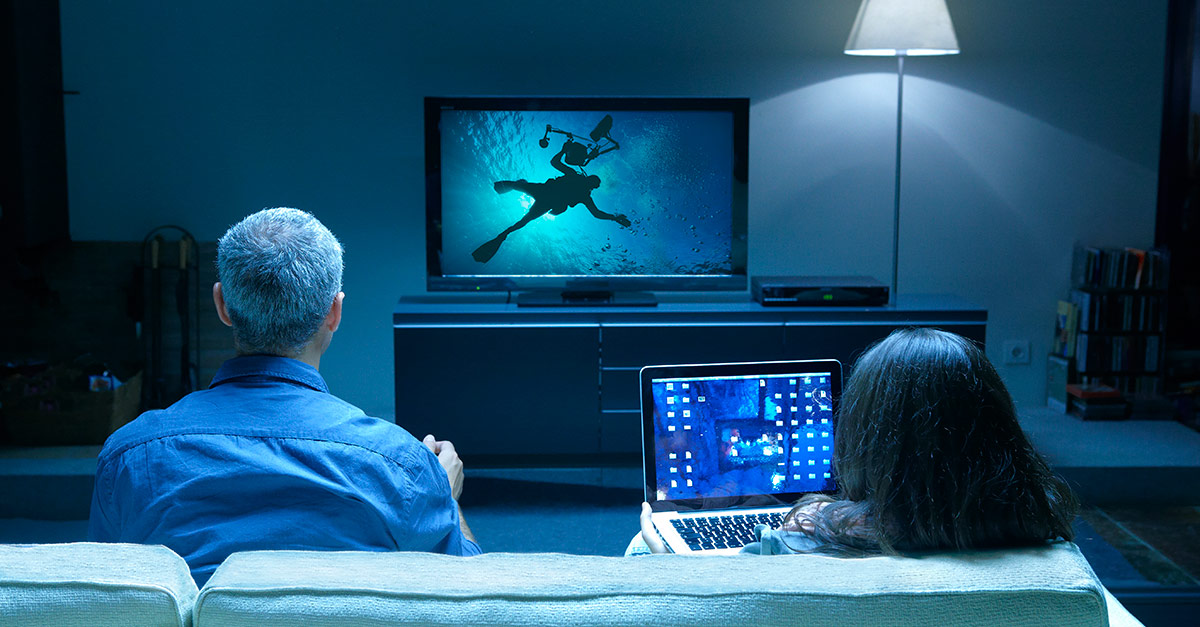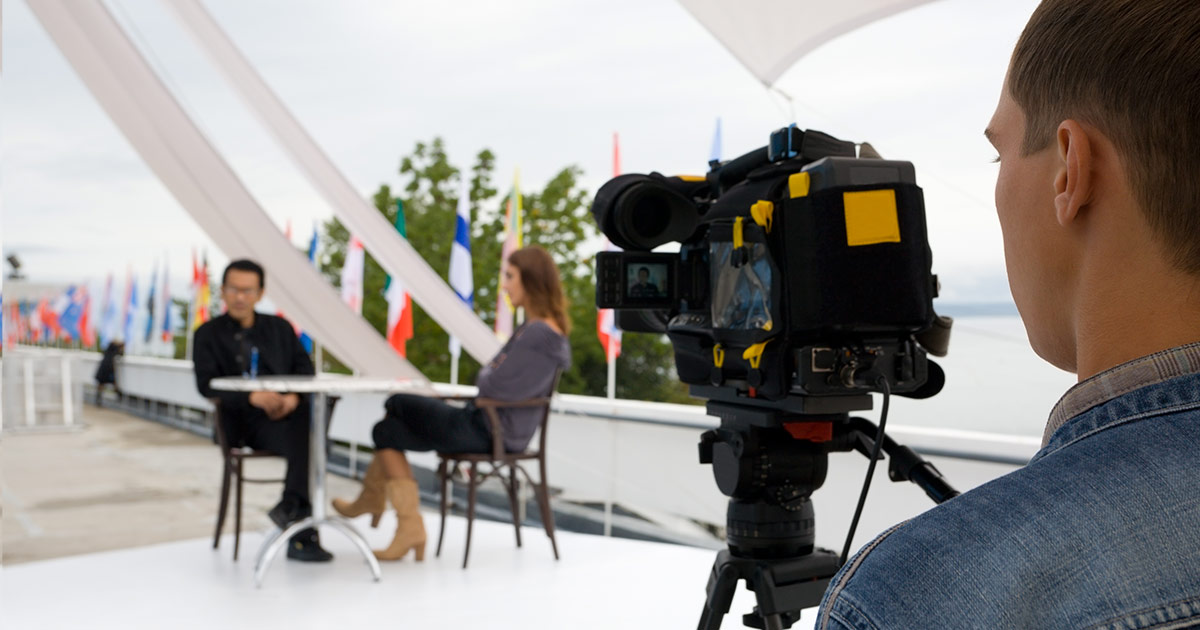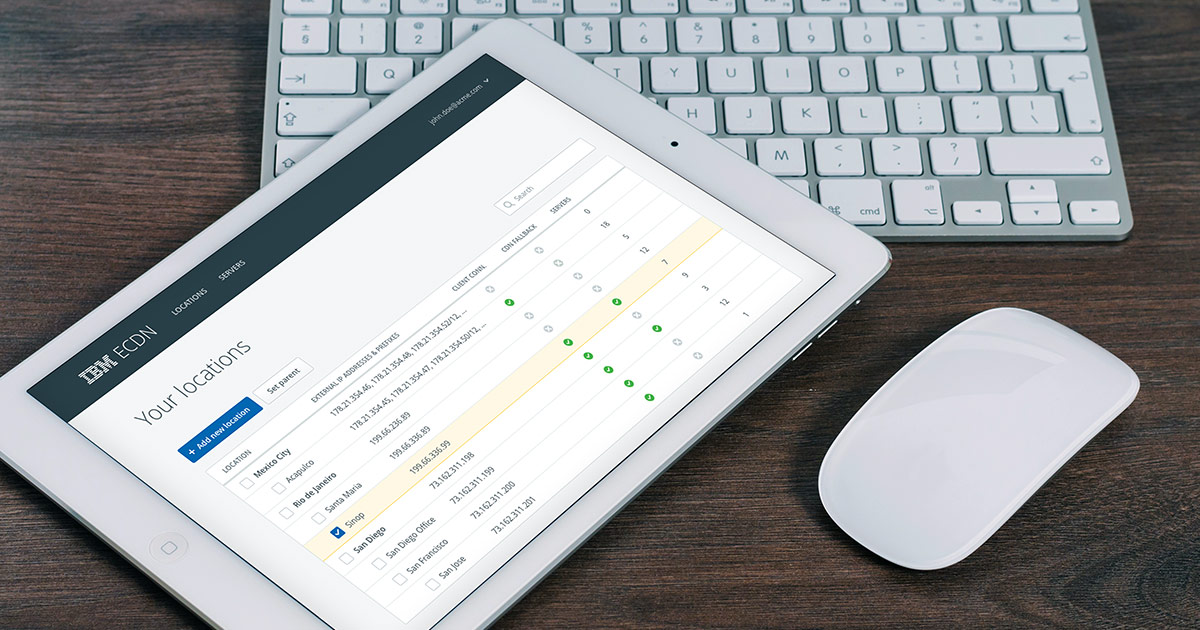
New innovations constantly change how fans watch their favorite live sports. Integral elements of today’s broadcasts like slow motion and instant replay didn’t exist before the 1950s. On-screen graphics are even more recent: Imagine watching a soccer game without the score in the top left corner of the screen, or a football game without the yellow first down line.
Now, emerging technologies like 3D and virtual reality are giving fans an entirely new perspective—and they may forever change how fans expect to experience the action.
But the real game-changer for live sports broadcasting is artificial intelligence. AI will not only affect viewers, but also advertisers, broadcasters—and even the athletes themselves. It will enrich video content with better insights and better recommendations, as outlined in this Uncovering Dark Video Data with AI white paper. Soon, we may not recognize a sporting event without it.
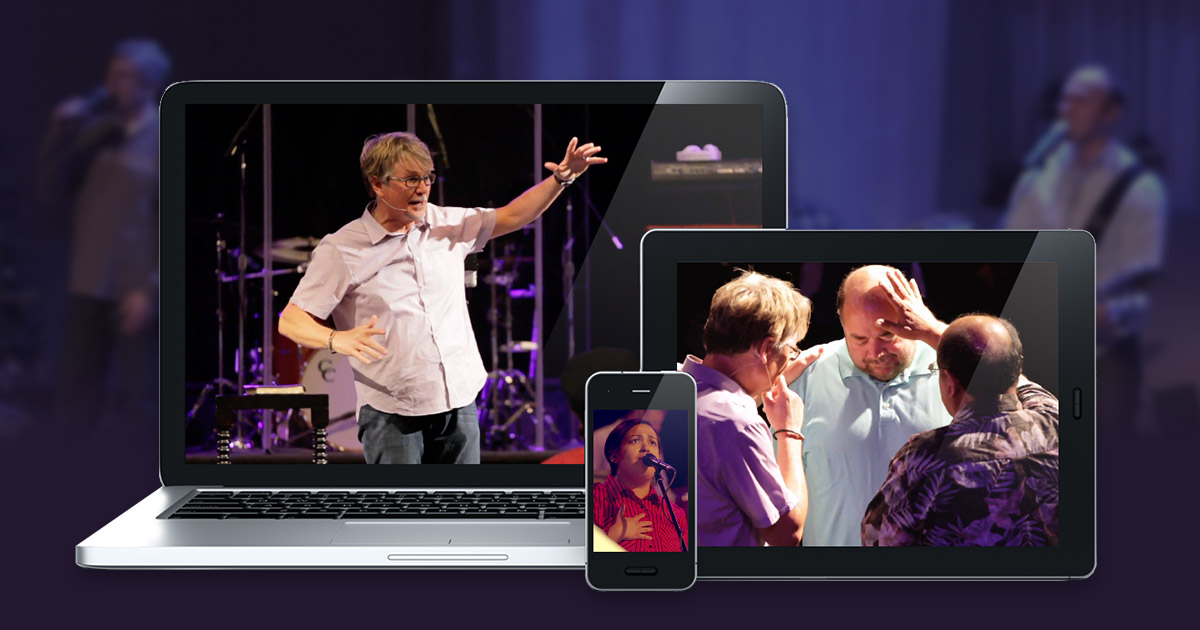 Point your camera at a religious service, touch the “Go Live” button, and your stream could reach dozens or even thousands of people in places you’ve never heard of. You can’t be sure what effect it might have on your audience.
Point your camera at a religious service, touch the “Go Live” button, and your stream could reach dozens or even thousands of people in places you’ve never heard of. You can’t be sure what effect it might have on your audience.